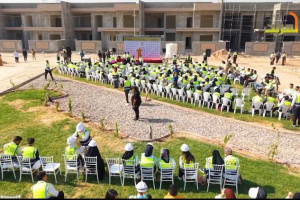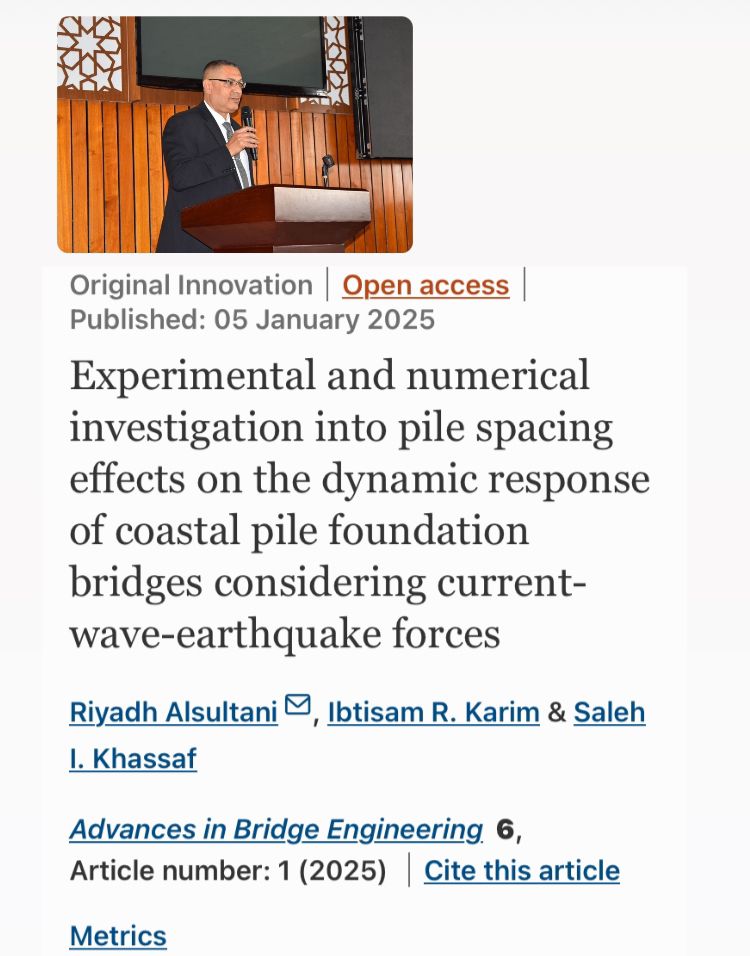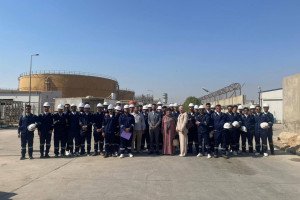
Professor Dr. Saleh Issa Khassaf, a lecturer in the Department of Civil Engineering, College of Engineering, University of Basra, participated in publishing a scientific research within the Springer Nature publishing house, within a research team that included the University of Technology and the University of Babylon. In the journal Advances in Bridge Engineering)) in the Springer publishing house, which is included in the Scopus and Clarivate containers within the second quarter.
Title of the research: Experimental and numerical investigation into pile spacing effects on the dynamic response of coastal pile foundation bridges considering current-wave-earthquake forces.
The research deals with a new methodology to improve the distribution of piles within a concrete support for a bridge based on a pile foundation with a cap consisting of nine piles. The research also deals with the effect of different pile spacing on the dynamic behavior of this structure under the influence of earthquakes and water forces represented by currents and water waves.
An experimental investigation was conducted to study the dynamic response of three miniature bridge support samples with different pile spacings of 2.5, 2.0 and 1.5 of the pile diameter under the combined influence of current, wave and earthquake forces. Acceleration and displacement were measured experimentally using a new laboratory system developed for this purpose, and a 3D numerical model was developed using DIANA software, to find the agreement between the numerical results and the laboratory results.
The results showed that a pile spacing of 2.5 m resulted in large accelerations and displacements, indicating significant weakness under dynamic loading. In contrast, reducing the pile spacing to 1.5 m showed improved stability with reduced displacement and acceleration, which enhanced the overall resistance of the structure. The analysis also highlighted the critical role of water depth, current velocity, and wave characteristics in modifying the dynamic response.
The results of this research are an important step towards improving the design of hydraulic concrete structures in earthquake-prone areas, which will enhance the safety of these vital structures. These insights also contribute to the design of more sustainable infrastructures, in line with global efforts to enhance the resistance and longevity of structures while minimizing environmental impact.








